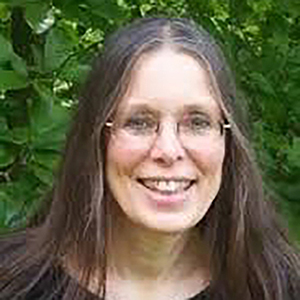SIGGRAPH 2013 Computer Graphics Achievement Award: Rushmeier
Awardee(s):
Award:
- Computer Graphics Achievement Award
Description:
ACM SIGGRAPH recognizes Holly Rushmeier for her work on global illumination, material capture, and the display on high dynamic range images. Her work has enriched our quantitative understanding of every aspect of rendering, from the microscopic characteristics of scattering to the broader representation of appearance to the perception of images by the human visual system.
Holly was a member of the Cornell Program on Computer Graphics where she worked with Kenneth Torrance and DOnald Greenberg. A mechanical engineer by training, she was intrigued by the potential of applying techniques from heat and radiative transfer to the emerging field of computer graphics. Some of her most influential work was the development of methods for solving for illumination in the presence of participating media and the extension of the radiosity method to handle specular BRDFs. Also notable was the paper with Gary Meyer, Michael Cohen, Ken Torrance, and DOn Greenberg on the evaluation of computer graphics imagery, where image results were evaluated both with physical measurements and with psychophysical experiments.
Along with Jack TUmblin, Holly wrote “Tone Reproduction for Realistic Images,” the original paper on how to display high dynamic range images on low dynamic range display devices. They introduced tone reproduction to the field, and showed how it was possible to model the human perceptual system’s ability to adapt to light levels, so that dim images look dark, and fully lit images look bright. Until this paper, this important aspect of image display had not been properly treated in this literature. The problem became even more important with the advent of digital cameras that capture high dynamic range images. Tone reproductions control is now a part of every image processing toolkit.
Holly has also done important work on appearance capture, for both geometry and materials. She has developed methods for capturing high-resolution textures from multiple scans, capturing bump maps and other material attributes, and has applied these techniques to the digital preservation of cultural artifacts.
Finally, Holly has been an important member of the community and the SIGGRAPH organization, serving on countless technical and administrative committees. We thank Holly for all her service and honor with the Computer Graphics Achievement Award for her important research.




